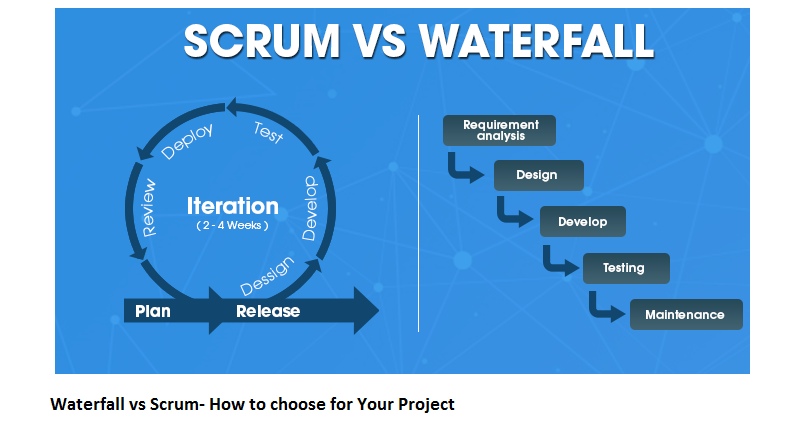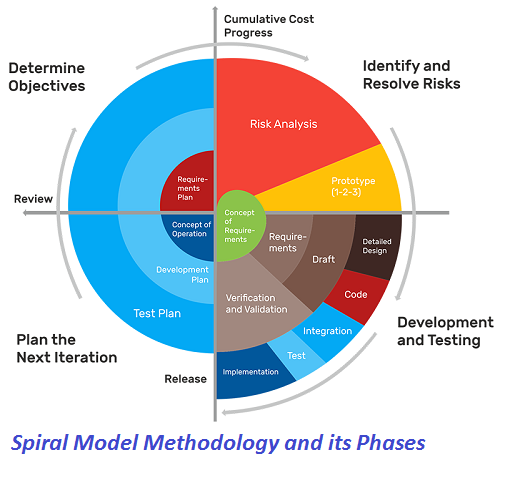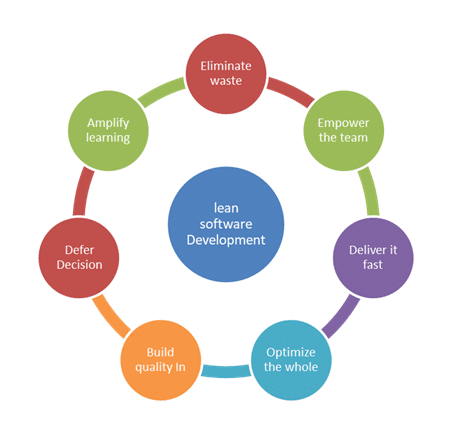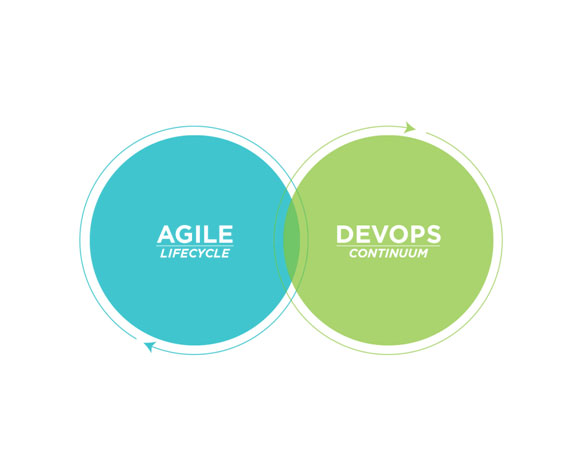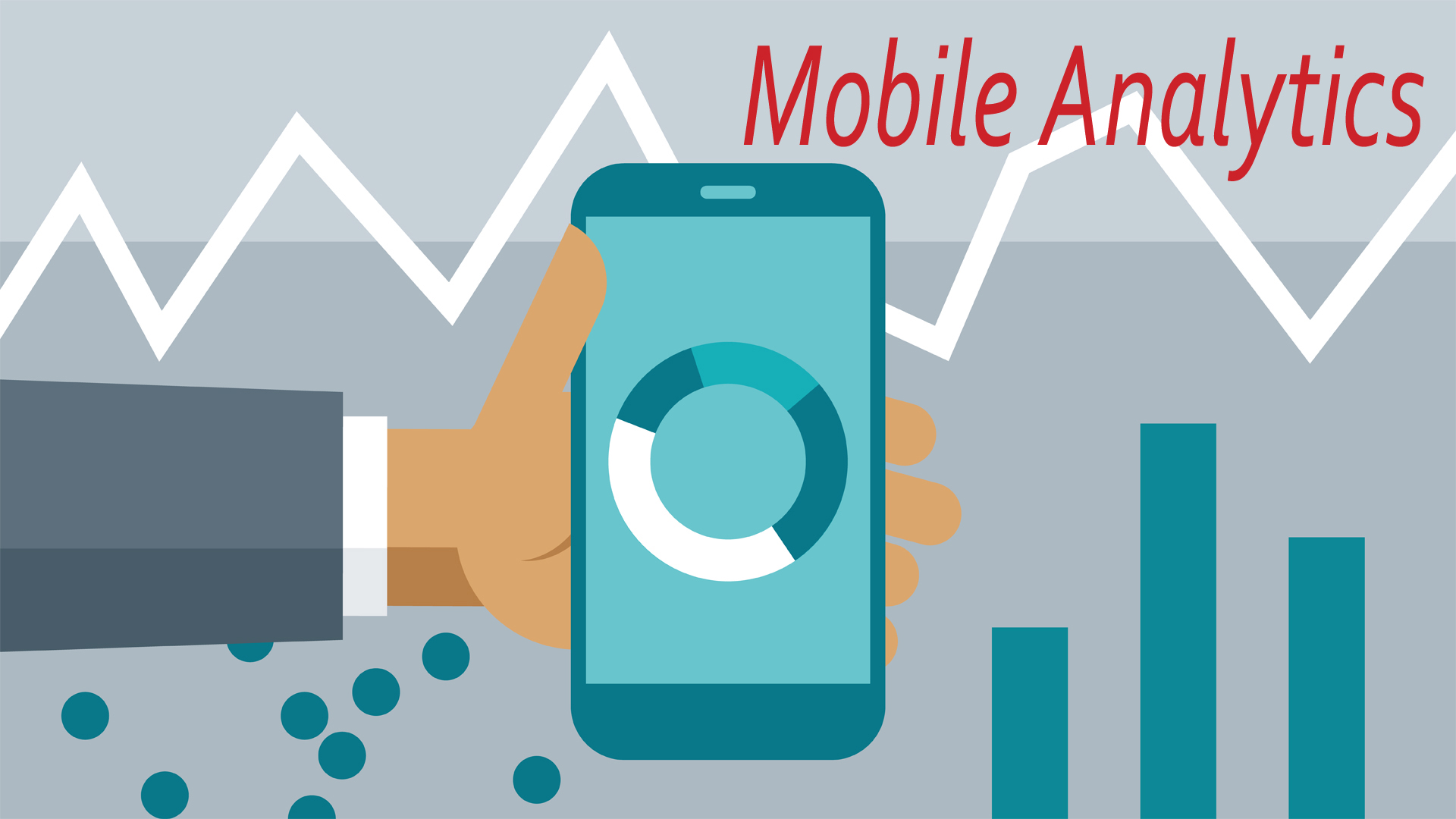 What is Mobile Analytics?
What is Mobile Analytics?
Mobile analytics tells mobile consumer behaviors that provide the data-driven insights you need to create engaging mobile experiences and generate more revenue from your mobile apps. Mobile analytics is a tool that captures the details of a user’s experience within a mobile website or app. Analytics platforms collect data on each user’s response to advertising and marketing campaigns, as well as key metrics like events triggered and time spent in-app.
Mobile analytics solution helps marketers in four key areas: understanding the user, measuring the impact of lifecycle campaigns, informing A/B tests, and highlighting significant changes. All of this is available in an easy-to-use dashboard that helps users to focus on optimizing campaigns rather than crunching numbers.
Mobile Analytics measures users’ interaction with the app in addition to metrics about the app itself, such as app installs, app launches, taps, screens, events, app versions, flows, user retention, funnel analysis and more. Moreover, just like in web analytics, mobile analytics also tracks and measures similar metrics on users such as how many new users used the app, from which countries, using which devices and versions, whether they followed a link on a marketing campaign or an application store search.
What can you track using Mobile Analytics?
Mobile App Analytics is not just covered to knowing how many people downloaded the app or how you are generating revenue out of it or what people think about your app. It’s actually more than that.
Mobile analytics typically track Page views, Visits, Visitors, Source data, Active Users, Strings of actions, Location, Device information, Login/logout, Custom event data. Mobile analytics can reveal User Acquisition Metrics, fallout rates, anomalies, Engagement Metrics, conversions and more to help lower app abandonment, nurture re-engagement and lift retention. An effective performance analytics solution monitors your app in real-time and enables you to learn exactly which users and transactions are impacted the moment a problem is detected. We can track Revenue Metrics, Average Revenue per User (ARPU), Retention, Crash Report, Cost per Install (CPI), Cost Per Loyal User (CPLU), and Network issues.
How is Mobile Analytics different from Web Analytics?
In the past, companies treated mobile and non-mobile devices as separate and even used a separate vendor for their web analytics, but this is becoming a rarity. Most modern product analytics platforms track users on both mobile and desktop devices. That said, the physical differences in screen sizes and aspect ratios lead to slightly different mobile and non-mobile user experiences. On mobile, users have fewer screens such as 4 to 7 inches and interact by touching, swiping, and holding.
As a result, mobile app and site pages are lack with fewer navigation options. Fonts are bigger, and users take relatively fewer actions. On a desktop, users have larger screens up to 10 to 17 inches and interact by clicking, double-clicking, and using key commands. Website tracking generally involves more interactions, more content, larger menus, and more links per page. A mobile analytics platform will account for this device disparity and provide one single, centralized console that recognizes unique individuals and their behaviors across devices. Mobile and web analytics interconnect to provide a more meaningful profile of your customers, which allows you to create and deliver seamless experiences across channels and devices.
Your product is the eye of your business. And as a business proprietor, entrepreneur, or product manager, you know that it needs to be perfect. In a period where consumers have hundreds of choices for any product or service, companies have to understand their mobile analytics and what they indicate. I hope this blog will help you to give insights into Mobile Analytics.

